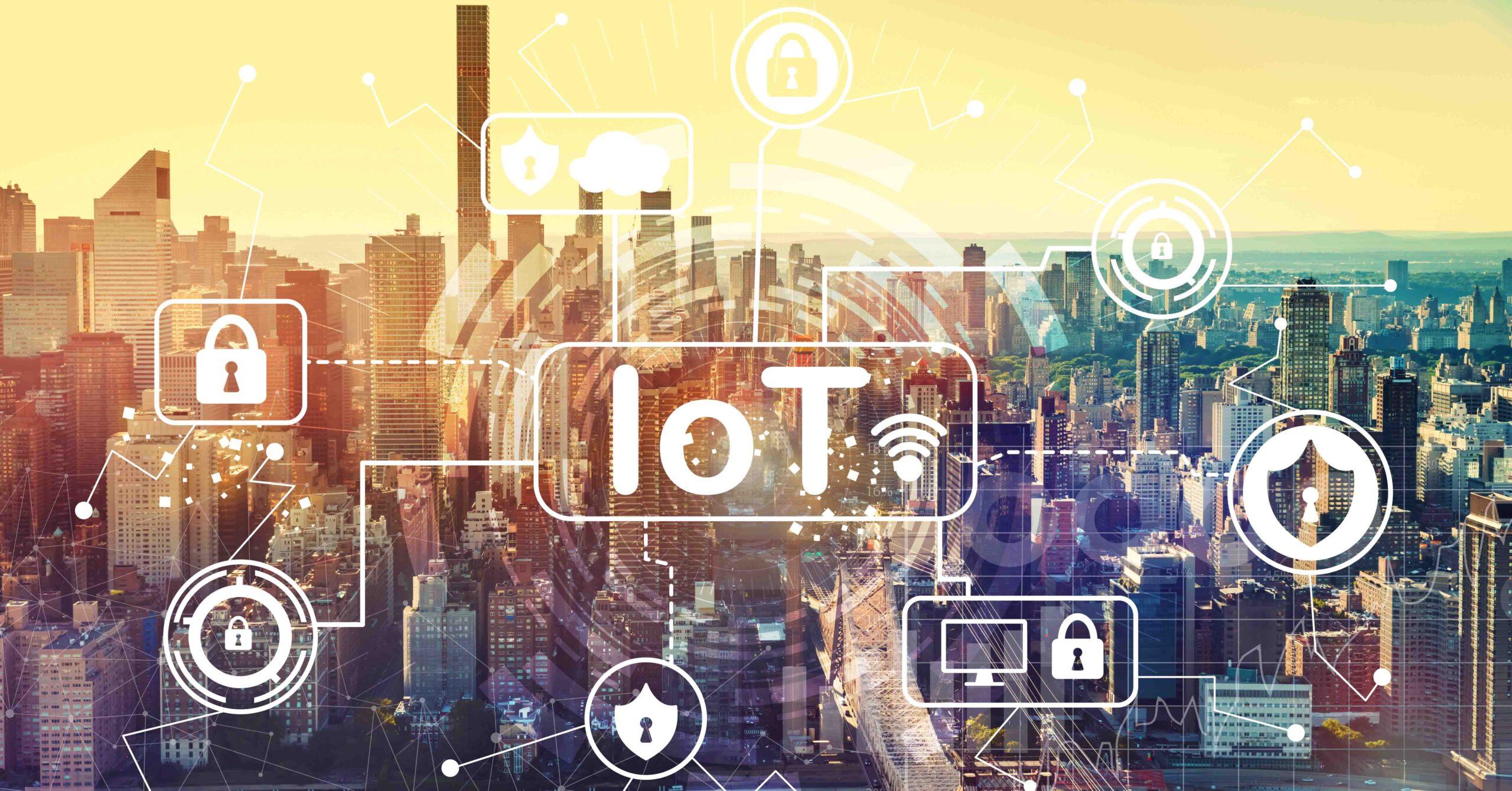IoT – how it works
IoT – how it works
The next stage of development is now through IoT, as objects in society, our homes, in public spaces and our workplaces also become connected to the internet.
The Internet of Things (IoT) is a collective name for the technologies that allow things with built-in electronics and internet connection to be controlled or exchange data over a network. Examples of such objects include household appliances, clothing, machinery, vehicles and buildings.
The Internet of Things is an important part of the development of the internet. In the early days, access to the internet was only possible through connected computers. The development of smart mobile phones was a breakthrough. We then suddenly had access to services, communication and information wherever we were.
The next stage of development is now through IoT, as objects in society, our homes, in public spaces and our workplaces also become connected to the internet.

IoT can mimic our senses
One way to understand IoT is to compare it to our senses. Sensors can mimic the senses and measure taste, smell, sight, hearing and touch in different ways. A sensor can detect whether it is light or dark, hot or cold, loud noises, movements, etc. By connecting a sensor to a network, measurements and signals can be transported over long distances in a short amount of time.

The term real-time data is sometimes used to describe the fact that data from sensors can provide a snapshot of the current state of properties in a particular location. Real-time data is very valuable for some types of applications.
Both connectivity and interconnectivity
Through IoT, objects not only become connected to the internet, but can also become interconnected with each other. This makes it possible to create new, innovative services. A road can exchange data with the vehicles travelling on it, and the vehicles on a stretch of road can exchange data with each other. Safety and accessibility can be improved as vehicles cooperate on any hazards and risks that may arise.
Another example can be a smoke detector that becomes connected to a number of doors through IoT. If the device then detects smoke, it can send a signal that can trigger the closing of the doors to prevent the spread of fire. The combination of interconnectivity and connectivity means that there is great potential for benefit and innovation through IoT.

Actuators with IoT
The term actuator is often used in IoT contexts. It is a device used to control a mechanism or mechanical system. The actuator is controlled by a signal, which it converts into a mechanical movement or other physical change.
In the above example with the smoke detector and the door, an actuator can work in the IoT solution by automatically closing the door when a defined signal is given (e.g. smoke or high temperature). An actuator can also open valves. An example of this that most people will recognise is the water taps in public toilets. The sensor measures the movement of the hand, an actuator opens a valve, and out flows lukewarm water without you having to touch a lever. When you have finished washing your hands, the water turns off automatically.
IoT for societal benefit
There is great potential in IoT, and developments in the field are happening at a rapid pace. There are many factors contributing to all that is happening in IoT right now. Electronics are shrinking in size, and devices are drawing less power and becoming cheaper. At the same time, computing power is increasing. Solutions are becoming more efficient and less power hungry. All this makes it economically attractive to invest in various IoT solutions.

Concrete examples of the benefits of IoT
Like digitalisation, IoT can bring benefits in many different ways. In some cases, it is a matter of saving time and reducing unnecessary work:
- Through IoT, a waste management company would only need to empty that bins that are full, enabling them to both increase efficiency and reduce environmental impact by eliminating unnecessary transports.
- In the healthcare sector, IoT can make it possible for elderly individuals to safely remain in their homes even in their autumn years. We are seeing more and more health-related IoT solutions. When health data measurements can be taken in the home instead of in a hospital, it can save time and provide more freedom for both patients and staff.
- Improved environment and climate, increased quality, greater efficiency, healthier lives, the possibility of personalised solutions and increased security are examples of benefits and values that can be created using IoT.
Holistic approach – not just a matter of technology
Many different elements need to be included in order to create benefit and value through IoT. The Internet of Things is about so much more than just technology. It is a matter of information security, law, ethics, organisation, leadership, skills, processes, procurement issues, behaviours and, not least, people. Successful implementation of IoT is always centred around people and users. Basing things on needs, behaviours and context increases the chances of the end result being a success.

At IoT Sweden, we also come back to the importance of looking at the whole picture. We know that many businesses are currently organised as pipelines, and many system solutions follow suit. We believe that IoT can be the kit that enables competencies from different areas to come together and start collaborating; that we can break silos through IoT.
In this way, people, knowledge and experience also become interconnected. The technical, organisational and legal conditions need to be in place for data to be fully utilised.
